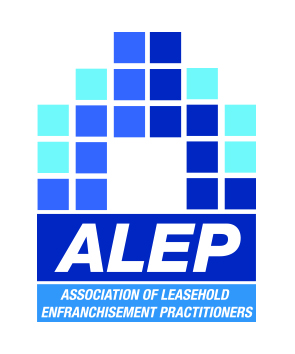The July 2024 case of Gurajena & Anor, R (on the application of) v London Borough of Newham [2024] EWHC 1745 (Admin) is significant for Local Planning Authorities, addressing two key issues:
The facts of this case were that planning permission was sought for a rear extension, rear garden decking and an outbuilding at No 5 Silver Birch Gardens. Notification of the application given to Nos 4, 5, 6 and 7 Silver Birch Gardens. Nos 3 and 8 (“three doors down” to the east and west of the application site [No 5]) were not notified.
The Claimants, owners of Nos 6 and 8, responded by the consultation deadline of 12 June 2023. They raised concerns over design, amenity, loss of daylight and overlooking.
When reviewing the application, the Planning Officer noticed that submitted plans did not accord with what she saw upon her site visit. That Officer thus asked the applicants/their agent to submit revised drawings – which was done on 21 July 2023. In those revised plans the configuration of decking steps was changed (to the likely detriment of properties to the east [i.e. Nos 6, 7 and 8]) and changes to boundary treatments (fencing) also.
Planning permission was granted on 26 July 2023. In the Officer’s Report it was stated that:
"By virtue of the positioning of the gardens, and the natural slope that the gardens host, the occupants of any of the properties in this terrace have a natural vantage point from the top of the slope at the rear of the garden into neighbouring gardens. It is considered that the decking does not exacerbate the level of overlooking to a level that would warrant refusal. The on-balance decision of this matter has considered the potential for overlooking into gardens and habitable rooms, but concludes that the decking would not result in detriment to neighbouring properties and/or gardens, to an unacceptable degree.
No further detrimental impact is considered to arise as a result of this proposal in relation to loss of outlook, sense of overbearing, or a sense of overshadowing."
The issues before the Court were as above.
In terms of notification to “adjoining” landowners , the Judge considered Case Law, the Development Management Procedure Order, the General Permitted Development Order provisions but also the Oxford Dictionary definition and came to the conclusion that “I therefore think that "adjoining" in Article 15 of the DMPO embraces not just properties which are contiguous, but also those which are "very near to" or "lying close to" the application site”. The Judge went on to find that a decision will only be quashed if it is Wednesbury unreasonable but accepted that, as a matter of planning judgement, the Council could reach a “judgment in every case as to whom to consult, having regard to the nature of the proposal” . The Judge thus declined to quash the permission for reason for their being a procedural defect in notification of “adjoining landowners”
The Claimants were successful on the second issue however (‘b’ above). Whilst the decision was not unsound in respect of boundary treatments (which the Claimant had properly noted and referred to in her representations) – i.e. there was no prejudice or the outcome was highly likely to be the same if the case concerned only this issue – the re-configuration of the steps did have an important impact upon the privacy of no No 6. The Claimant at No 6 was declined the opportunity to make representations about this change (n.b. there was commentary about revised/approved plans also being confusing). The Court found that had the Claimant [No 6] known about this re-configuration then she likely would have submitted representations about its impact which may well have changed the outcome.
In light of the above the Judge concluded that “the Defendant had a duty to re-consult with the First Claimant once LK-10 was revised to show the new east-west alignment of the stair, and that I should not refuse relief under section 31 (2A) because I cannot say that if the First Claimant had been re-consulted the outcome would highly likely have been the same. It seems to me realistically possible that had the First Claimant been given the opportunity to make known her views on the new stair, Ms Selwood's view on the Application would have changed and the Application would have been refused”.
The take-home point for Local Planning Authorities appears to be that both they (and applicants) should, in the first instance, ensure that plans are accurate but, secondly, where there are revisions which are material – or likely to have a material impact upon a new or different third party – that those revisions are adequately publicised to give third parties a chance to make representations with those representations duly taken into account when determining the planning merits of the (revised) proposal.
Disclaimer
The content of this article is provided for general information only. It does not constitute legal or other professional advice. The information given in this article is correct at the date of publication.






A Mackman Group collaboration - market research by Mackman Research | website design by Mackman